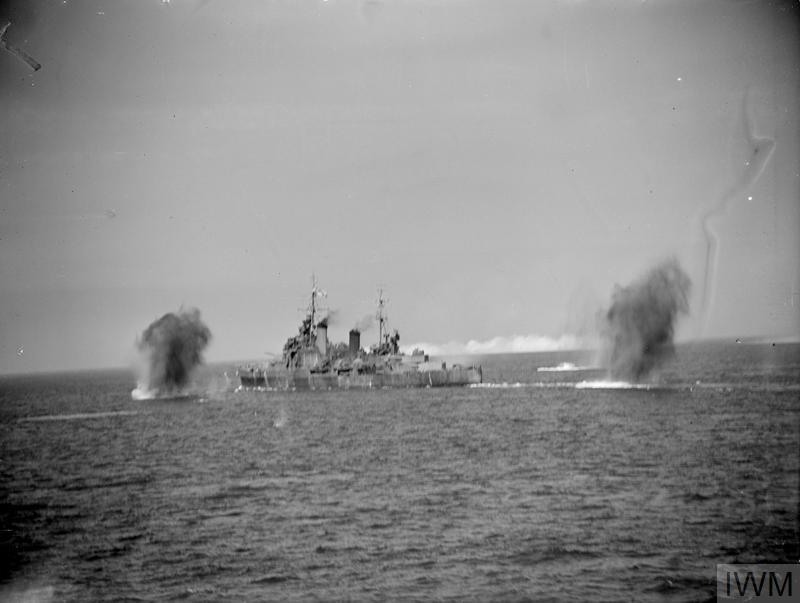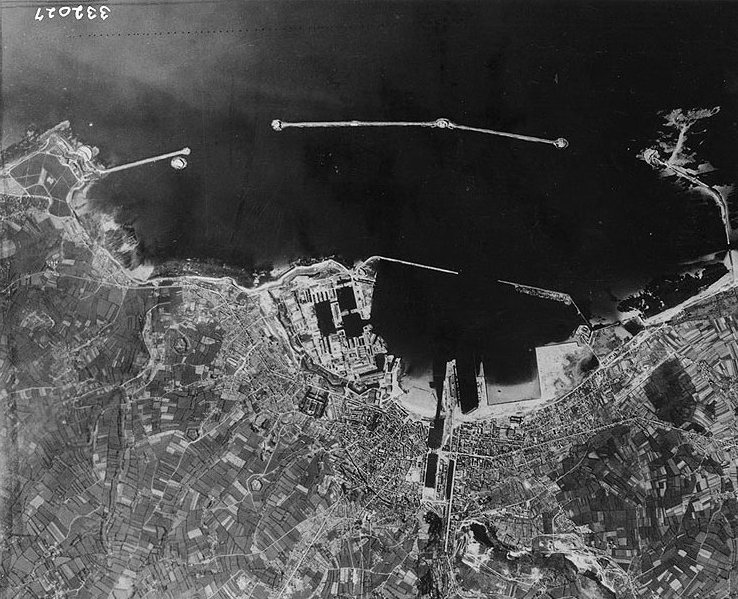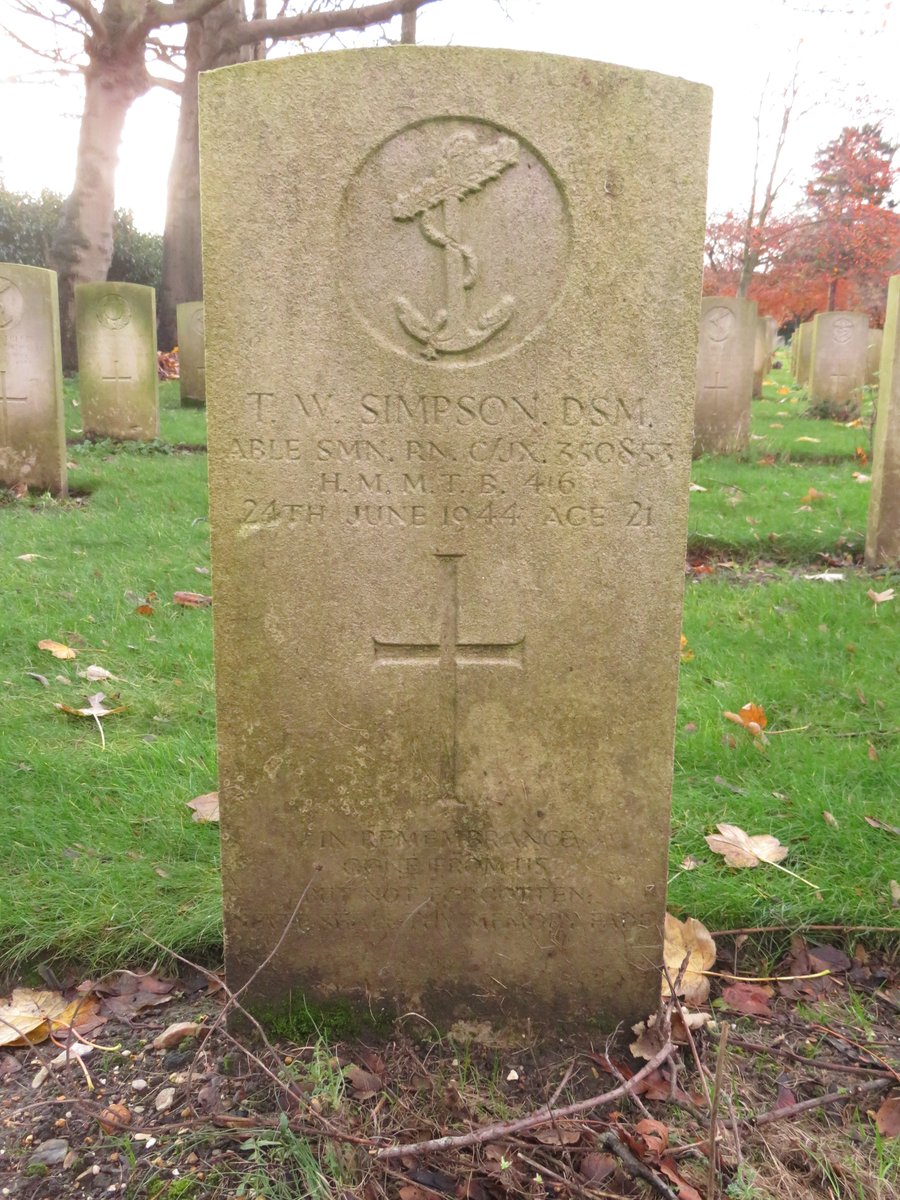
Shells fall around HMS Glasgow during an artillery duel with shore batteries around Cherbourg on 25 June 1944. During the battle of Cherbourg she sustained 2 hits, but only minor damage. 📷IWM A 24306 

The Royal and US Navy's involvement with the Battle of Cherbourg is usually reduced to the bombardment carried out to support the US advance into the town. But Cherbourg is a port and, as such, had been of considerable interest to the Allied navies for some time. 

As part of their effort to clear the Channel in advance of the landings, Coastal Forces regularly intercepted S-boats sailing from the port, and even patrolled within 5 miles of it. As D-Day approached they mined the port's approaches. 📷IWM FL15328 

On D-Day and thereafter, Coastal Forces and destroyers kept a close guard on Cherbourg, racing to intercept any units sailing from there before they could approach the convoy lanes. Although the S-boats occasionally got through, they were usually given extremely rough handling. 

Meanwhile the minefield did its job, restricting Kriegsmarine operations significantly. And as US forces advanced up the Cotentin Peninsular, the Royal Navy closed in from the sea. 

On the night of 23/24 June, the Kriegsmarine attempted to abandon Cherbourg with 7 ships and numerous smaller vessels. Undeterred by coastal battery covering fire, 6 MTBs roared in to attack, sinking the first ships just outside the port breakwater's NW entrance. 

1 ship was sunk and 3 more too badly damaged to proceed. 3 escaped west where 6 more MTBs fell on them and several more were sunk. No ships escaped Cherbourg that night.
One of the MTBs was MTB 416, ex MGB 81, who sustained her only casualty of the war that night.

One of the MTBs was MTB 416, ex MGB 81, who sustained her only casualty of the war that night.


The eventual surrender of the German garrison wasn't the end of the battle for Cherbourg. Minesweepers were the first Allied vessels to enter the port and many were lost in it. This passage from the memoir of Brendan Maher, on one of the RN Fairmile sweepers, says it all. 

• • •
Missing some Tweet in this thread? You can try to
force a refresh


















